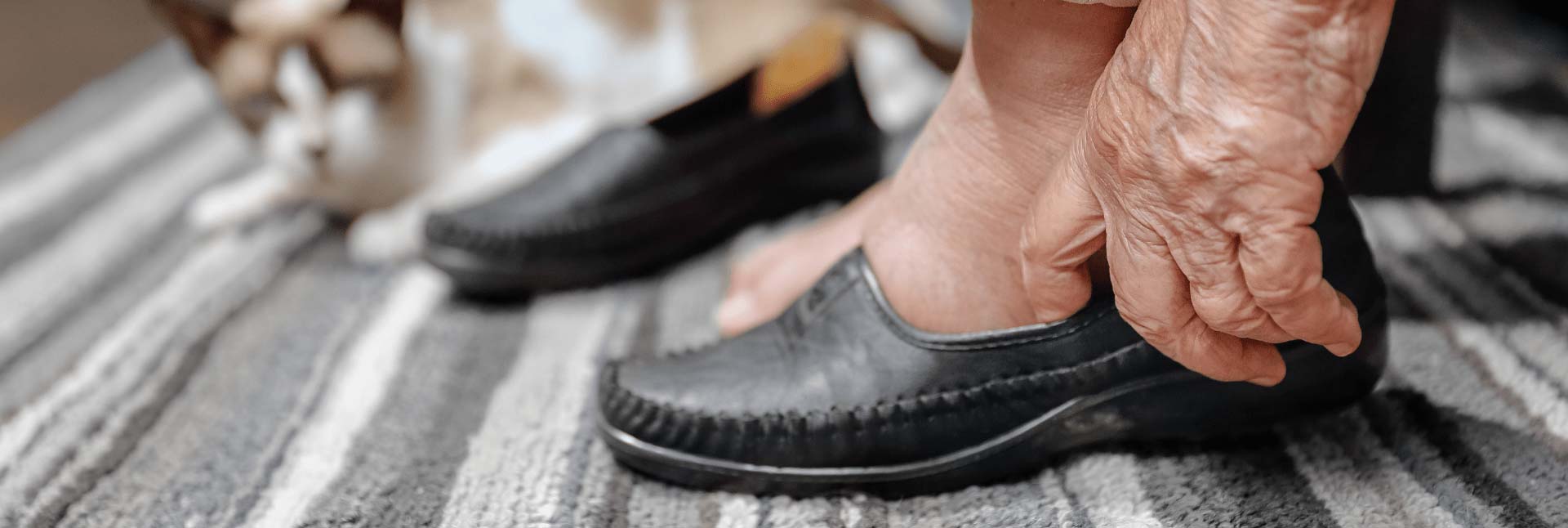How Hyperbaric Oxygen Therapy Is Impacting Chronic Foot Wound Treatment And Limb Preservation

There are many different causes of chronic foot wounds. But by far, the most prominent cause is diabetes.
Approximately 200,000 non-traumatic amputations occur in the United States each year, and of those, more than 130,000 are related to diabetes.
Diabetes is often described as an epidemic by public health officials in the U.S. The ripple effects cause even more devastation in the form of ancillary diseases, like chronic foot ulcers.
But there is also good news on the horizon, hope, and effective treatments for patients suffering from diabetic foot wounds. Hyperbaric oxygen therapy (HBOT or HBO2) is one of those treatments.
What Are the Benefits of HBOT for Patients With Chronic Foot Wounds?
Before we discuss treatments, let’s consider the objectives that can be achieved with HBOT:
- Engage in a team-based approach by engaging all stakeholders
- Improve your patients’ quality of life
- Reduce infections and tissue necrosis
- Limb preservation
So what are the benefits of HBOT to patients with chronic foot wounds?
HBOT treatments are administered by breathing pure oxygen in a pressurized environment, usually in a hyperbaric treatment room or individual chamber.
As the lungs take in large amounts of pressurized oxygen, the patient’s blood becomes more highly oxygenated. As the oxygen-rich blood circulates, it carries more oxygen to the affected areas, such as chronic foot ulcers and lower extremity wounds.
HBO2 treatments can stimulate the release of growth factors and stem cells. Hyperbaric oxygen increases the dissolved oxygen and the amount of oxygenated plasma in damaged tissue. Increased oxygenation can also help to fight bacterial growth in chronic wounds. All of these treatment benefits promote wound healing and reduce the risks of amputation.
What Are the Experts Saying About HBOT As a Treatment for Foot Wounds?
Let’s hear what one of the nation’s foremost experts on HBOT for chronic wounds has to say. Dr. Enoch Huang, MD, Program Medical Director for Legacy Emanuel Medical Center’s Hyperbaric Medicine/Wound Healing Department, recently stated:
Dr. Huang says the good news is that amputations are declining. “We have gotten better at managing patients with chronic wounds at our dedicated wound care clinics and using hyperbaric oxygen therapy to complement the treatment plan. The key is for our patients to not wait but to call us right away if they notice a problem. By going to a wound care clinic, amputation is no longer the first and only choice available to patients.”
We couldn’t agree more with Dr. Huang’s statement. Early diagnosis and a comprehensive treatment plan, often inclusive of HBOT, are essential with chronic wound patients.
HBOT can be an essential component in a treatment plan to reduce, or even reverse, the devastating effects of non-healing wounds and foot ulcers. Early diagnosis and treatment are the keys to keeping amputation completely off the table.
That’s great news for doctors, patients, and wound care teams in healthcare organizations of all sizes and scopes. Could your hospital, practice, clinic, or wound care center benefit from improved limb preservation capabilities?
The entire CūtisCare team is dedicated to pursuing exceptional patient outcomes through purpose-built, cost-effective, compliant, innovative HBOT solutions. We provide hospitals, research facilities, clinics, and private practices nationwide with the solutions, physician mentoring, and knowledge they need to treat their patients’ chronic wound problems.
Are you in the planning phase of establishing a comprehensive wound care center, or perhaps re-evaluating your current wound management practice or program? Would you like to become a recognized wound care center of excellence?
Or do you just have some questions about wound care and Hyperbaric Medicine?
Either way, we’d love to share our 25 years of knowledge and experience with you. Get in touch with one of our HBOT thought leaders today.
